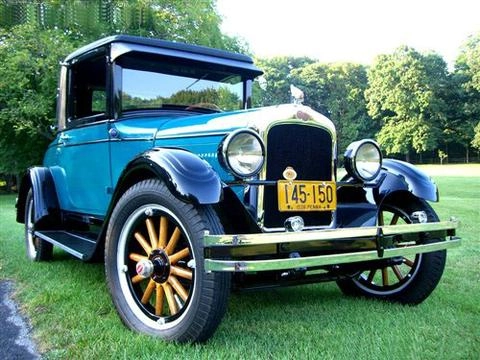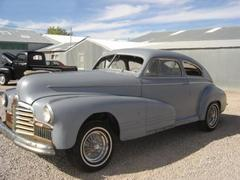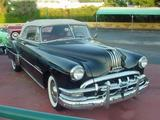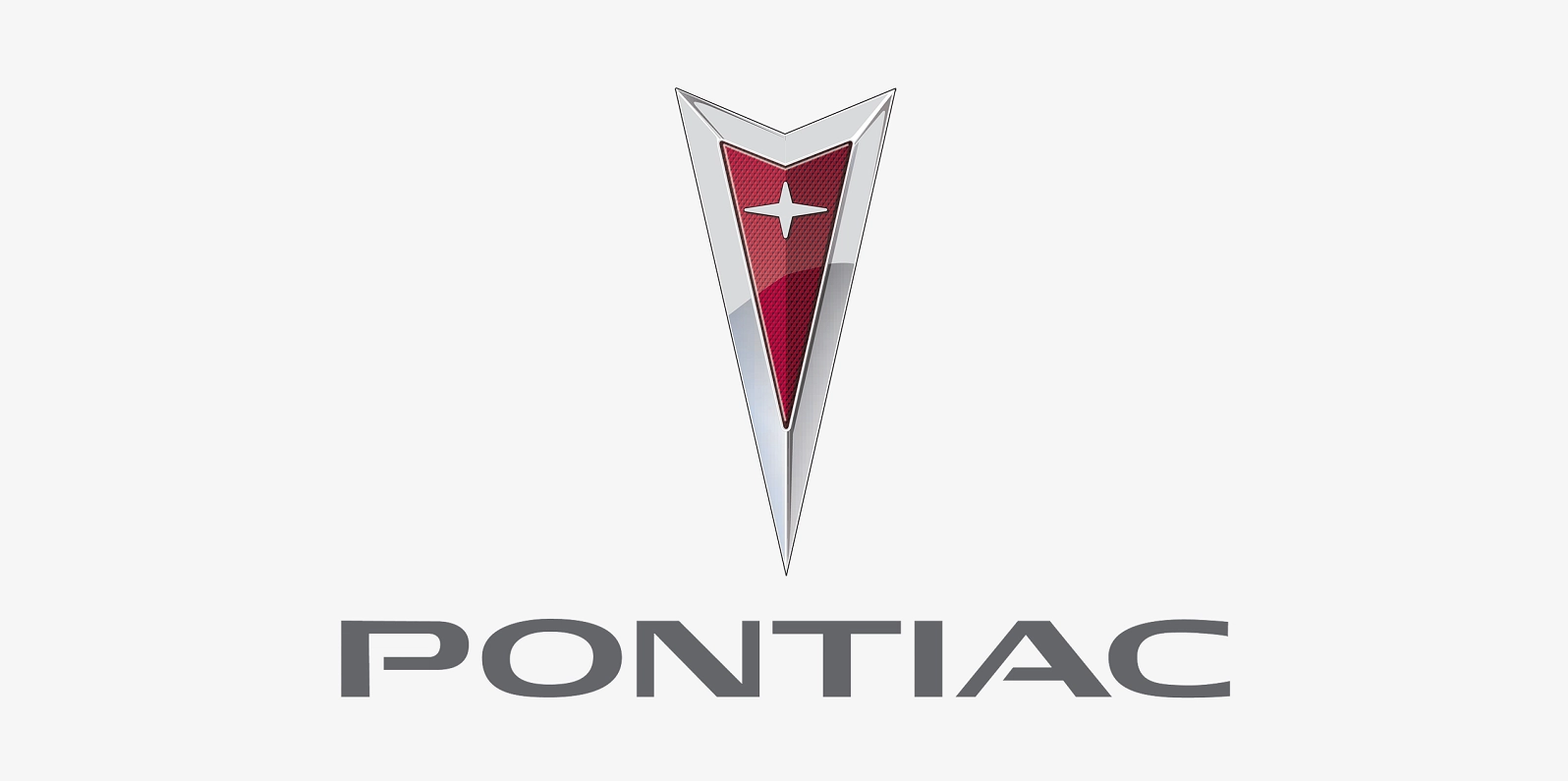In the 1980s, an American TV drama Knight Rider, perhaps you would have a slight impression of a cool car in the drama. That’s right, the prototype of that car is from Pontiac, its name is Firebird. In fact, the Pontiac brand has been born for more than 100 years. In 2009, with the outbreak of the global financial crisis, it eventually died out, and today let us review its history.

Pontiac’s predecessor company
The incorporation of Pontiac Spring & Wagon Works and Oakland company


The name Pontiac was first used at the Pontiac Spring & Wagon Works car factory, which was founded in July 1899 by Albert G. North and Harry G. Hamilton. At the beginning they mainly produced some auto parts, and by 1907 they decided to start producing cars. In August of 1907, the first Pontiac car produced by the Pontiac Spring & Wagon Works car factory was born. The model weighs 450 kilograms and uses a two-cylinder water-cooled engine with a maximum power of 12 hp (8.9 kW). In the same year. In December of the same year, the model was exhibited at the Chicago Auto Show.


At the same time as the first Pontiac car produced at the Pontiac car factory, Edward Murphy founded the Auckland Motor Company on August 28, 1907. Since the company is located in Oakland, Michigan, it is named Auckland Motor Company. In 1908, the Auckland Motor Company introduced the Auckland K-type sedan for the first time. By November 1908, the Auckland Motor Company and Pontiac Spring & Wagon Works are officially Merged into the Auckland Motor Company. After the merger, the two companies operated together in Pontiac, Michigan.

In 1909, General Motors President William C. Durant acquired a 50% stake in Auckland Motors. Later in the same year, due to the 45-year-old Edward Murphy died unexpectedly, General Motors also acquired the remaining 50% stake of Auckland Motors. Auckland Motors has also officially become one of the GM’s many automotive brands.
The beginning of the development of Pontiac
Used to fill the gap between Oldsmobile and Chevrolet


After GM acquired Oakland, it mainly produced Auckland cars, while Auckland was used by GM to fill the gap between the high-end brand Oldsmobile and the low-end Chevrolet. It was not until January 1926 at the New York Auto Show that the car named after “Pontiac” was officially unveiled. After several months of launch, the sales of Pontiac cars exceeded the products of Auckland Motors. The first GM-produced Pontiac model was equipped with an inline six-cylinder 3.1-liter engine, which set a sales volume of 39,000 units in the first six months after launch in the 1926 New York Auto Show. In 1927 it became one of the best-selling models in the United States. As the sales of Pontiac models continued to rise, the sales of Auckland cars declined. In 1932, GM decided to merge the “Auckland” brand into a division of “Pontiac Motor Company” and began to focus on the production of Pontiac cars. Soon, a new Pontiac plant called “Sunshine City” was completed.


By 1942, Pontiac began producing an inline eight-cylinder engine car model, and a model called “Streamliner” was born. The car features a torpedo body design (a popular body design at the time). The body is characterized by an integrated design of the engine and the front cockpit of the car. There is no B-pillar, making the overall look very Smooth. After the launch of this model, it has further aroused people’s attention to this brand.

 Pontiac also introduced several new models between 1946 and 1948, but all new cars were basically minor changes to the Streamliner introduced in 1942, including Streamliner Torpedo (1941 – 1948) and Streamliner six-cylinder and eight-cylinder (1946-1951). By the end of the 1940s, the Streamliner series had already appeared somewhat outdated. It is worth mentioning, Pontiac introduced the first Hydra-Matic automatic transmission in 1948, which promoted the continued growth of Pontiac models sales in a way.
Pontiac also introduced several new models between 1946 and 1948, but all new cars were basically minor changes to the Streamliner introduced in 1942, including Streamliner Torpedo (1941 – 1948) and Streamliner six-cylinder and eight-cylinder (1946-1951). By the end of the 1940s, the Streamliner series had already appeared somewhat outdated. It is worth mentioning, Pontiac introduced the first Hydra-Matic automatic transmission in 1948, which promoted the continued growth of Pontiac models sales in a way.


In 1946, a hardtop convertible called Catalina was born. This model is very similar to the Chevrolet Bel Air at the time. In 1949, a brand new Pontiac model was born, called “Pontiac Chieftain”. The introduction of this model replaced the previous Streamliner Torpedoes. It is powered by an inline 6-cylinder and inline 8-cylinder with a maximum power of 90 hp (67 kW) and 103 hp (77 kW).
Begin to develop towards the direction of sporty gradually.

By the 1950s, Pontiac was recognized as a quiet, reliable car, but the engine was not very powerful, and the V8 engine began to become popular at that time. Previously, Pontiac’s inline 8-cylinder engine was not only heavy and longer. The crankshaft of an 8-cylinder engine is too long and prone to distort, So Pontiac began to develop a new V8 engine.

In 1952, the Pontiac Streamliner series was discontinued. By 1954, Pontiac’s new model Star Chief replaced its position. At the same time, since 1953, Pontiac’s models have also eliminated the design of the two models of the original windshield, all using the overall windshield design, the new design not only increases the driver’s field of vision, but also makes the entire body design change more fashionable. Since 1955, the engine of several models sold by Pontiac have also been replaced with a brand new V8 engine which maximum power has reached 173 horsepower (129 kW). With the production of the V8 engine, Pontiac models are gradually moving towards the direction of sports.

It is worth mentioning that the logo of Pontiac that produced between 1926 and 1956 has always adopted the Indian head. The name of the Pontiac car is taken from the name of an American town – Pontiac. It was used to commemorate Pontiac, the leader of an Indian Ottawa tribe in American history. In 1763, he led troops to attack the British army that besieged Detroit and successfully annihilated a British army that came to reinforce. So it is not difficult to find that this logo carries a typical “personal heroism.”

